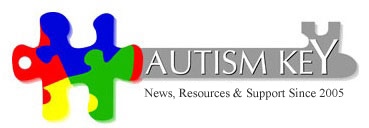New Study Emphasizes Environmental Factors in Cause of Autism
A new study is finally shifting the official discussion of the cause of autism from mainly heredity to a combination of genetic and environmental influences.
Researchers examined 192 pairs of identical and fraternal twins whose cases were drawn from California databases. At least one twin in each pair had classic autism and in many cases, the other twin also had classic autism or Asperger’s Syndrome. Since identical twins share 100 percent of their genes and fraternal twins share 50 percent of their genes, comparing autism rates in both types of twins enabled researchers to measure the importance of genes versus shared environment.
Results demonstrated that autism or autism spectrum disorders occurred in both children in 77 percent of the male identical twins and in 50 percent of the female identical twins. Confirming their hypothesis, rates among fraternal twins were lower: 31 percent of males and 36 percent of females. Yet mathematical modeling suggested that only 38 percent of the cases could be attributed to genetic factors, compared with the 90 percent suggested by previous studies. Most surprising to the researchers is that shared environmental factors appeared to be at work in 58 percent of the cases.
Because the rate of autism occurring in two siblings who are not twins is much lower, conditions the twins shared in the womb, rather than what they were exposed to after birth appeared to have contributed to the development of autism.
As a mother of fraternal twins who both have high function autism, this news is unremarkable. Many of the Rho(D) immune globulin shots for mother/child blood incompatibility contained mercury even after it was officially removed from vaccines. The rise in the number of c-sections corresponding to the rise in autism calls obstetric drugs into question. Mothers giving birth later in life and prematurity, common in cases of twins are acknowledged red flags. A companion study to this one notes high risk of autism amongst mothers-to-be taking anti-depressants.
In the world of science in which hypotheses must be proven, it’s good news that this study will cause more attention to be paid to environmental factors inducing autism. Now that Pandora’s box is open, let’s not confines ourselves to in utero influences.

